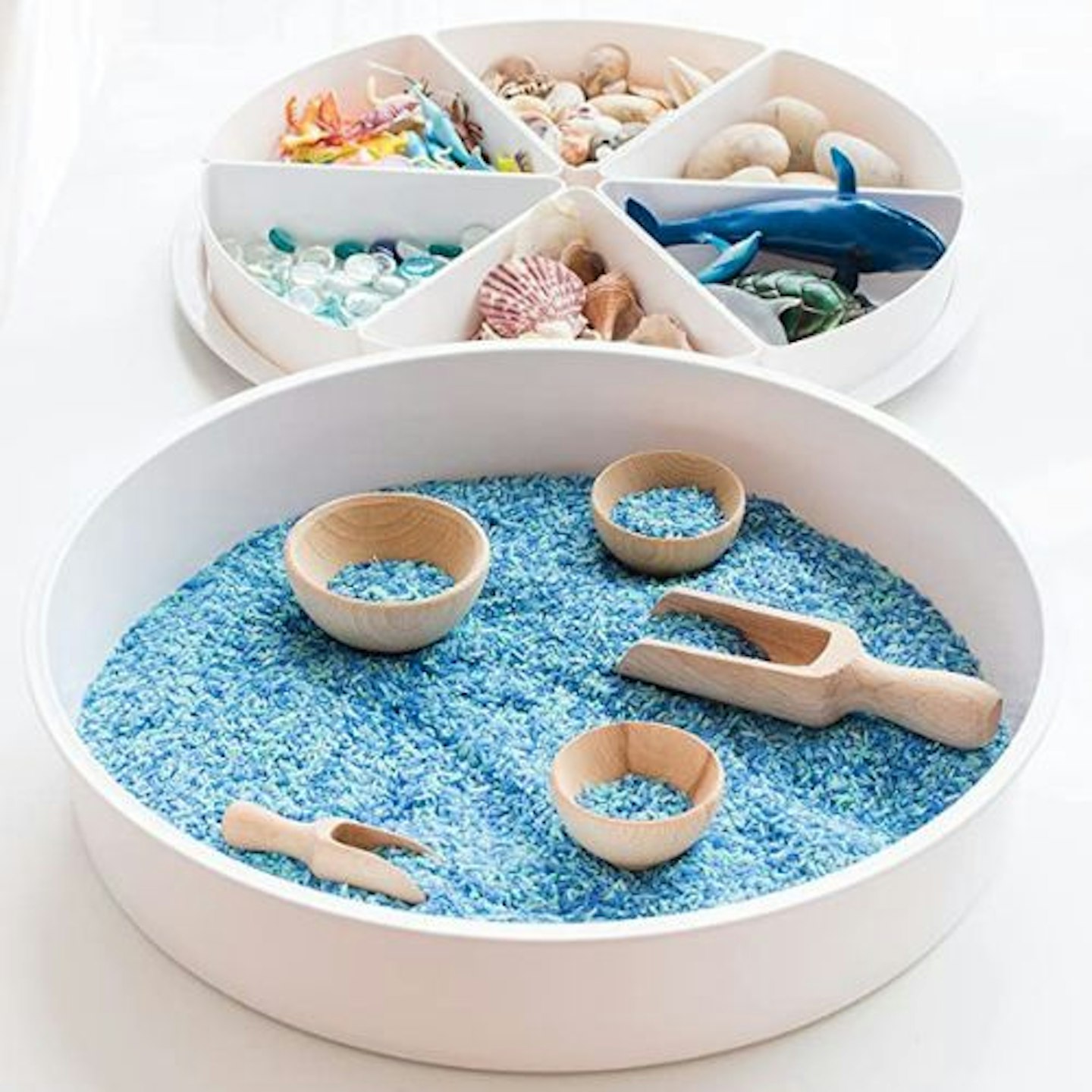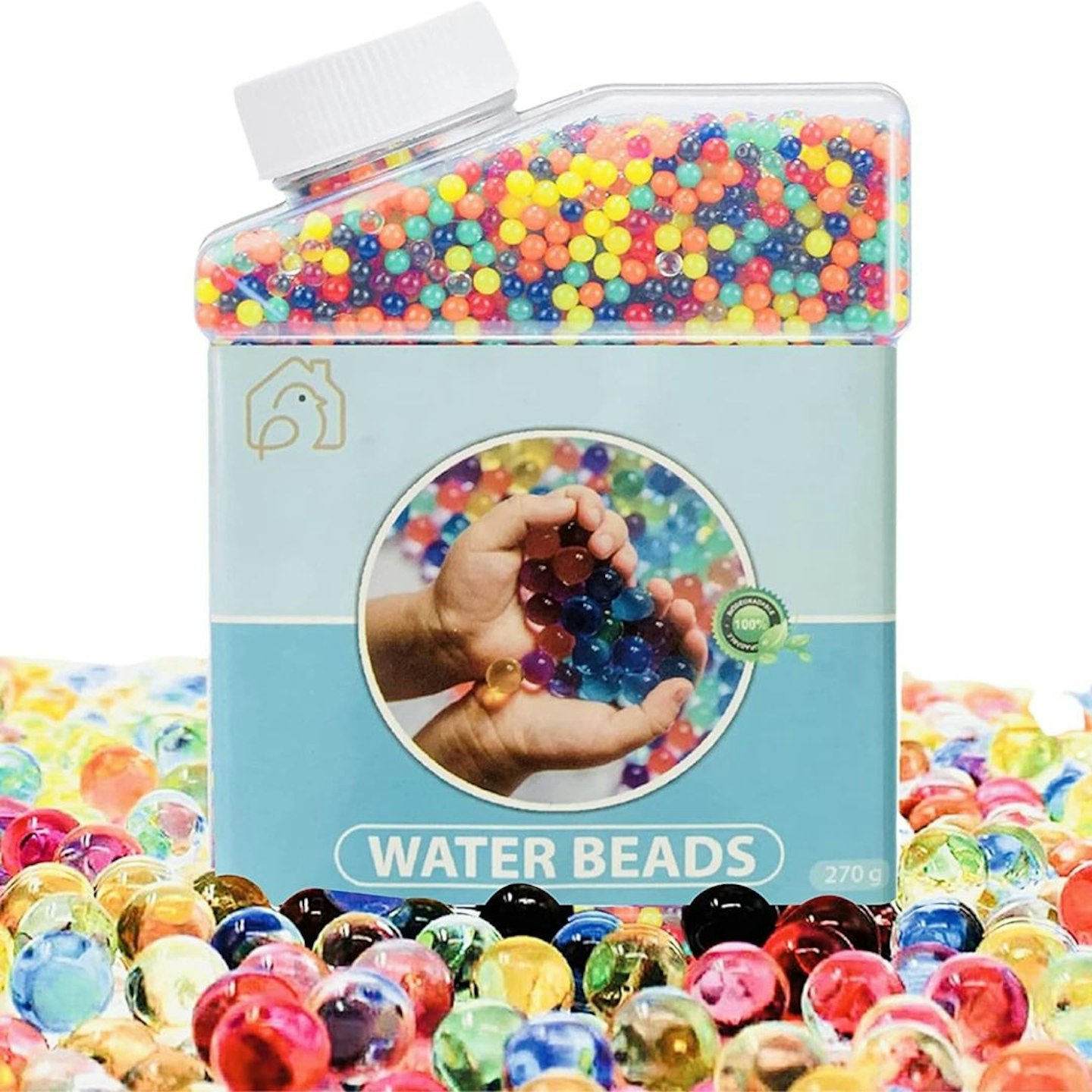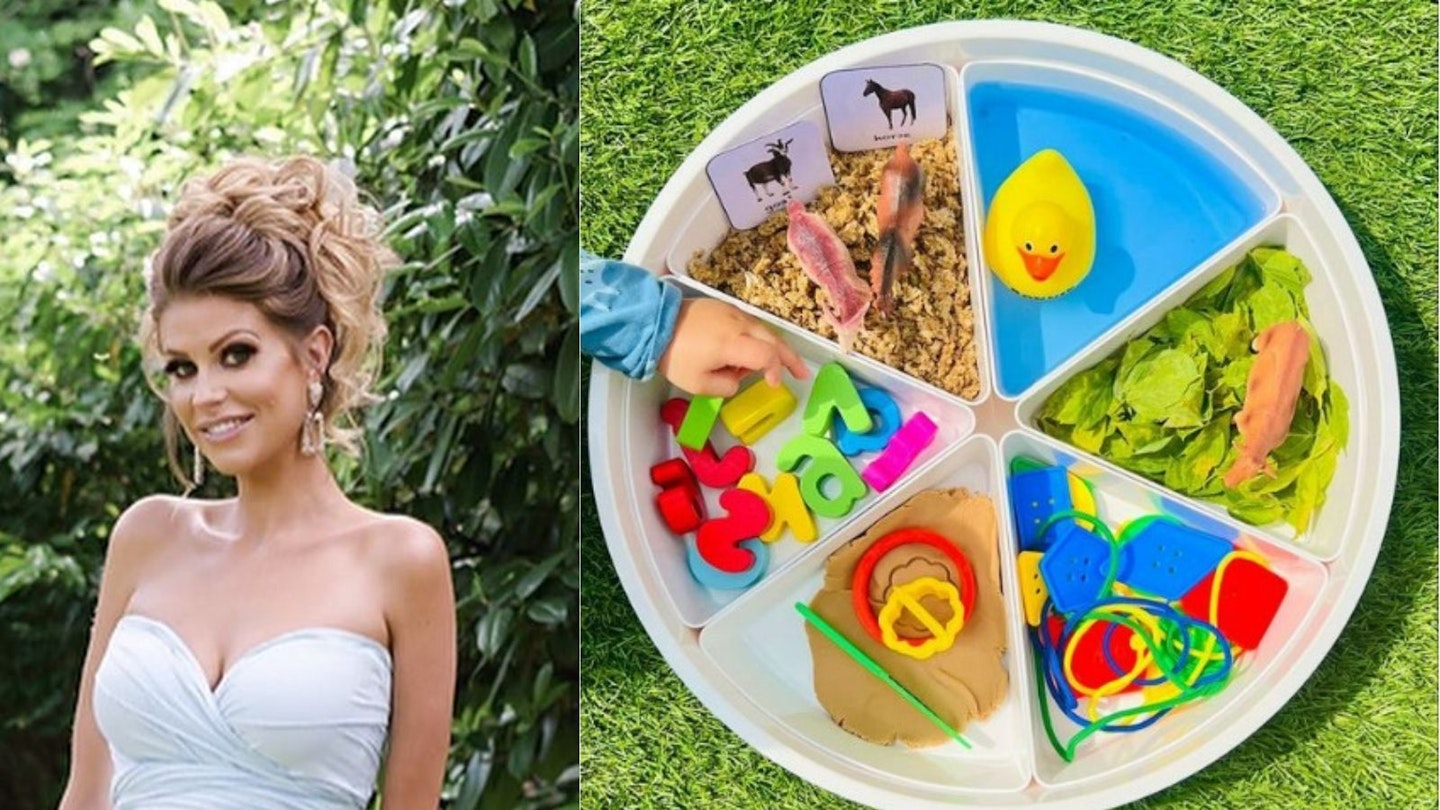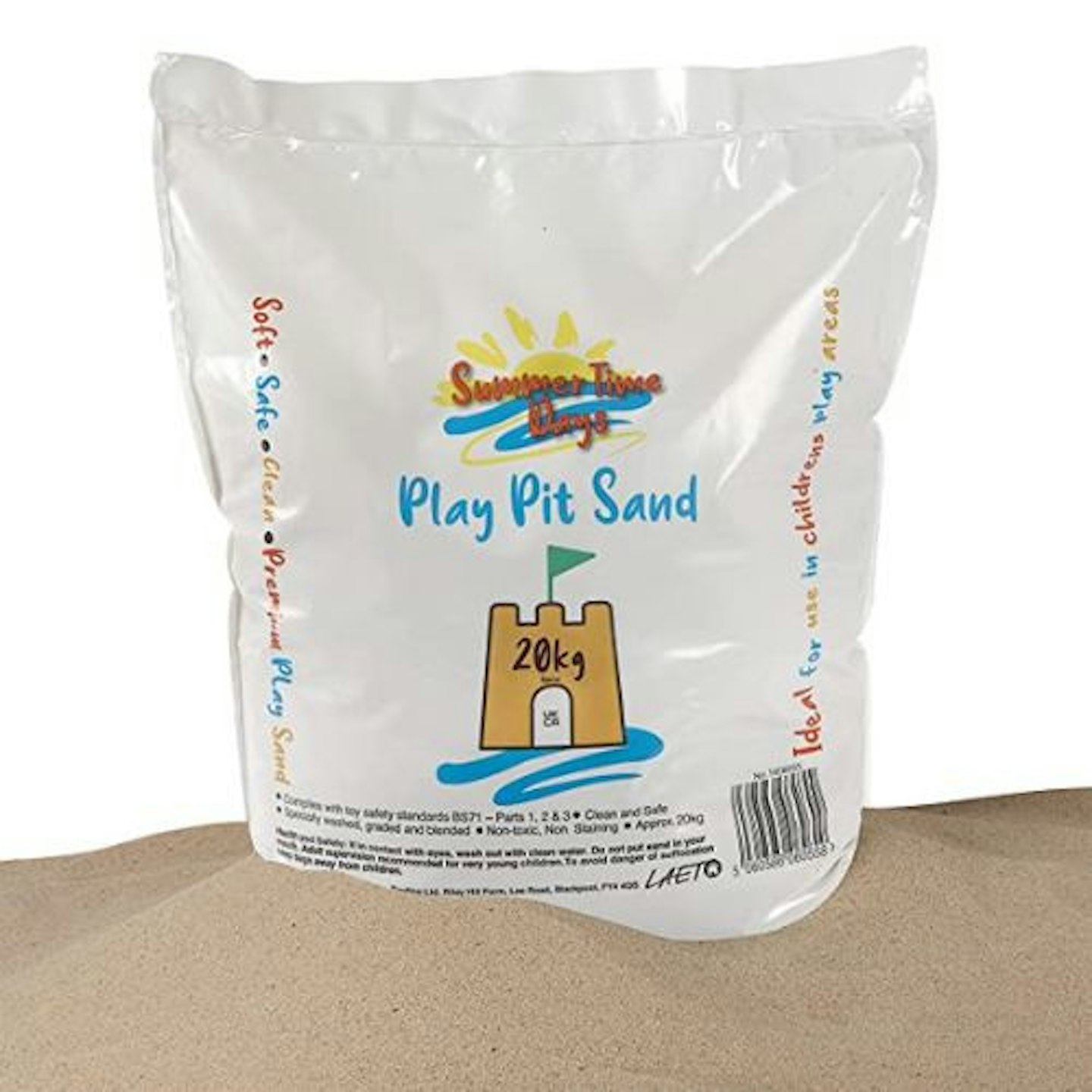Let's face it: there aren't many things that Mrs Hinch does that we don't absolutely love. From what was a cleaning and home account, it has now evolved into tips and tricks for us parents too. Mrs Hinch always shares fun ways in which she keeps her two boys, Lennie and Ronnie, entertained. This week, we got to see Mrs Hinch play tray of dreams, and now we want one too!
If you have been living under a rock and aren’t aware, Mrs Hinch, whose real name is Sophie Hinchliffe, reigns as Instagram royalty. She rose to fame within the cleaning community, garnering a dedicated following dubbed the Hinch Army. Mrs Hinch has since expanded her empire, launching a clothing line in Tesco and securing numerous partnership deals.
A devoted mother to Ronnie and Lennie, she frequently imparts invaluable parenting advice. We eagerly anticipate her posts to sneak a peak into her family's activities and joys.
She is the queen of finding a hack for... well, everything from organising underneath your sink to keeping shampoo out of your bubba’s eyes and hosting the perfect home movie night. There’s literally nothing this super mummy cannot do.
Play trays are a fantastic way of keeping little ones entertained. They can be filled with almost anything that is safe. It's a brilliant time to use those creative skills. When your child is in their early years (under five), they learn best through play and imagination. Play trays are a fantastic way to stimulate their senses and engage their creativity. The trays keep all of the play (somewhat contained) and allow you to set up little scenes for your little one to enjoy.
Types of play trays
Small trays
Small trays are good for individual play. We love trays that have handles - they can easily be moved from room to room. Small trays are easier to clean but hold less and may not be suitable for all messy activities.
Large trays
On the flip side are large trays. They are often referred to as tuff trays and can be fantastic for group activities. When children play with others, they learn vital life skills like taking turns, communicating and sharing. Large trays can be excellent for activities like painting as they may contain some of the mess - although we can't make any promises.
Clear trays
Clear trays are fantastic for sensory development, and they are ideal for light play as the material reflects light.
What to put in a play tray?
The great thing is EVERYTHING can go in a play tray. There are so many things that you can put in, and the options are endless.
Here is a list of our favourites.
• Water
• Shaving Foam
• Sand
• Mud
• Paint
• Stones - Make sure they are not sharp
• Ice cubes
• Shells
Our favourite trays inspired by Mrs Hinch play tray
Best large tuff tray
 Amazon
Amazon Amazon
Amazon
Our favourite play tray fillers
 Credit; Amazon
Credit; AmazonHannah Carroll is a Parenting and Lifestyle Writer working across Mother&Baby, Yours and Grazia.

